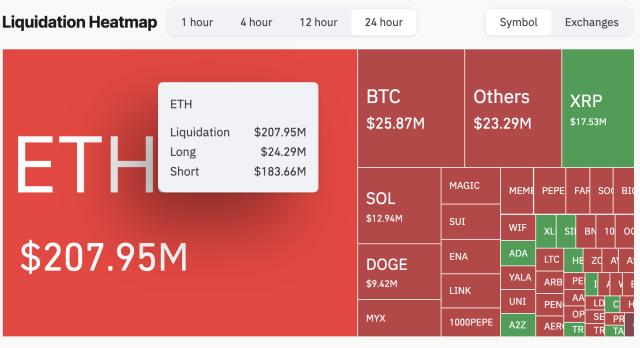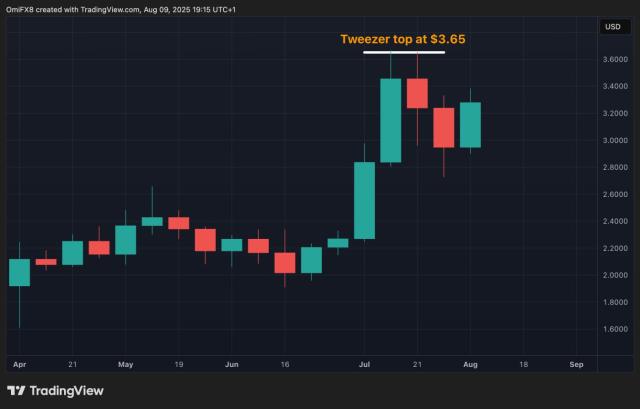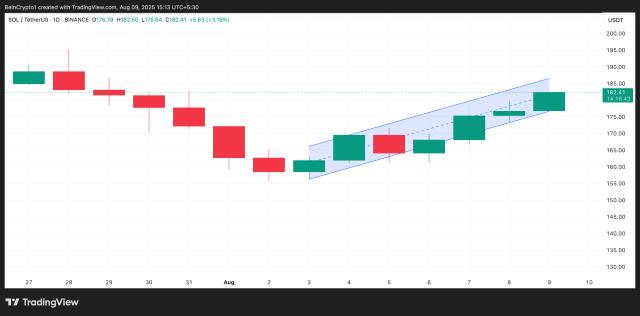Compiled by: Nona
Fear and Greed Index: 52 (Greedy)
Bitcoin Price: $114,051
BTC/ETH Spot ETF Capital Flow (8.5)
BTC Net Outflow: $196.18 M
ETH Net Inflow: $73.22 M
Regulation/Macro
SBI Holdings disclosed in its second-quarter earnings report that it has submitted applications for two crypto asset ETFs to the Japanese Financial Services Agency. One of the funds is a crypto asset ETF that will provide direct exposure to XRP and Bitcoin. The second fund is a digital gold cryptocurrency ETF, using a hybrid method that combines gold-backed securities with digital currencies, with over 50% of the fund allocated to gold ETFs.
The National Security Department's official account pointed out that there are public cases showing a foreign company inducing global users to provide iris information by distributing cryptocurrency tokens, and transferring related data sources, potentially threatening personal privacy and national security.
US SEC Releases New Guidelines: Liquidity Staking Not Within Securities Law Regulation
The US Securities and Exchange Commission (SEC) stated in its latest guidelines that certain liquidity staking activities do not involve securities, and personnel engaged in liquidity staking activities do not need to register with the agency under securities law. Potential liquidity staking providers not bound by securities law include Lido, Marinade Finance, JitoSOL, and Stakewise. The SEC noted that the issuance and sale of staking receipt tokens in specific methods and circumstances do not constitute securities issuance and sale, unless depositing crypto assets is part of an investment contract. This is particularly applicable to staking cryptocurrencies through software protocols or service providers and then obtaining "liquidity staking receipt tokens" to prove the staker's ownership of staked crypto assets and any generated yields.
The Indonesian Vice President's office has invited Bitcoin community members to discuss the possibility of using Bitcoin as a national reserve asset.
Project/Company Dynamics
Satsuma Technology completed a financing round of £163.7 million (approximately $217.6 million), exceeding its target by 64%, with investors including ParaFi, Pantera, DCG, and Kraken. The round accepted 1,097 Bitcoins as part of the funding to strengthen its Bitcoin treasury strategy. Currently, Satsuma Technology holds 1,125.85 Bitcoins.
Hong Kong-licensed asset management company Golden State Management launched a USD-denominated tokenized limited partnership fund "Global Nexus Tokenized Income Limited Partnership" that invests in diversified traditional financial assets, issued on the Ethereum blockchain. Fund shares will be recorded on both the blockchain and a legally recognized registry in Hong Kong. NVTHK Limited (NVT) provided the blockchain solution for the fund's issuance.
BitBridge Capital Strategies will begin trading under the stock ticker BTTL in the third quarter and plans to subsequently list on Nasdaq. Unlike other Bitcoin financial companies, BitBridge's sole focus is expanding the Bitcoin economy, building strong Bitcoin reserves, and using Bitcoin as a strategic asset to drive long-term shareholder value. BitBridge also announced the launch of the Respect Loan plan for Bitcoin, a loan product aimed at "reshaping the financial system's approach to Bitcoin collateral".
MEI Pharma, Inc. (NASDAQ: MEIP) acquired 929,548 LTC at an average price of $107.58, jointly launching a significant institutional fund strategy with Charlie Lee and GSR Advising. As of August 4th, the LTC is currently valued at approximately $110.4 million. MEI becomes the first US-listed company to adopt Litecoin as a primary reserve asset, implementing a new strategy based on digital asset infrastructure and long-term capital innovation.
The Ethereum community released EIP-0000 proposal, jointly proposed by Anders Elowsson and Vitalik Buterin. The proposal aims to introduce a unified multi-dimensional fee market for Ethereum transactions, allowing users to set an overall "max_fee" limit for multiple resources (such as gas, blobs, etc.). Users will not need to set fees separately for each resource, which will improve capital utilization efficiency, simplify operational experience, and lay the foundation for future expansion of more resource types.
According to a governance proposal, MetaMask plans to collaborate with Stripe to launch a stablecoin called "MetaMask USD", which will be issued by Stripe but utilize the "M^0" network for off-chain issuance and settlement. This stablecoin is intended to be a core asset in the MetaMask ecosystem, providing a highly liquid base currency and natively integrated into MetaMask's various services. Currently, neither MetaMask nor Stripe has provided official confirmation, nor disclosed details about the stablecoin's structure, launch timeline, or regulatory aspects.
Depth & Outlook
Looking at this cycle, the driving force comes entirely from external factors: ETF, RWA, and regulatory compliance. Despite continuous positive news over the years, the internal dreams of the crypto industry are shrinking, and price targets are being set lower and lower.
The dual-track system is designed to solve this "dilemma": Digital RMB is like the main highway, responsible for ensuring sovereignty, identity compliance, and purifying fund flows; CNHC is like a side road and branch line, quickly and flexibly extending to every corner of the world with RMB demand at low cost.
The bills make detailed requirements for stablecoin issuers, trading platforms, and DeFi projects, and also list many prohibited behaviors.
In the foreseeable future, I believe that Hong Kong's stablecoin is unlikely to directly compete with USDT and USDC, which can be almost certain. As I said before, it may need to find its use and development space on an independent track.







